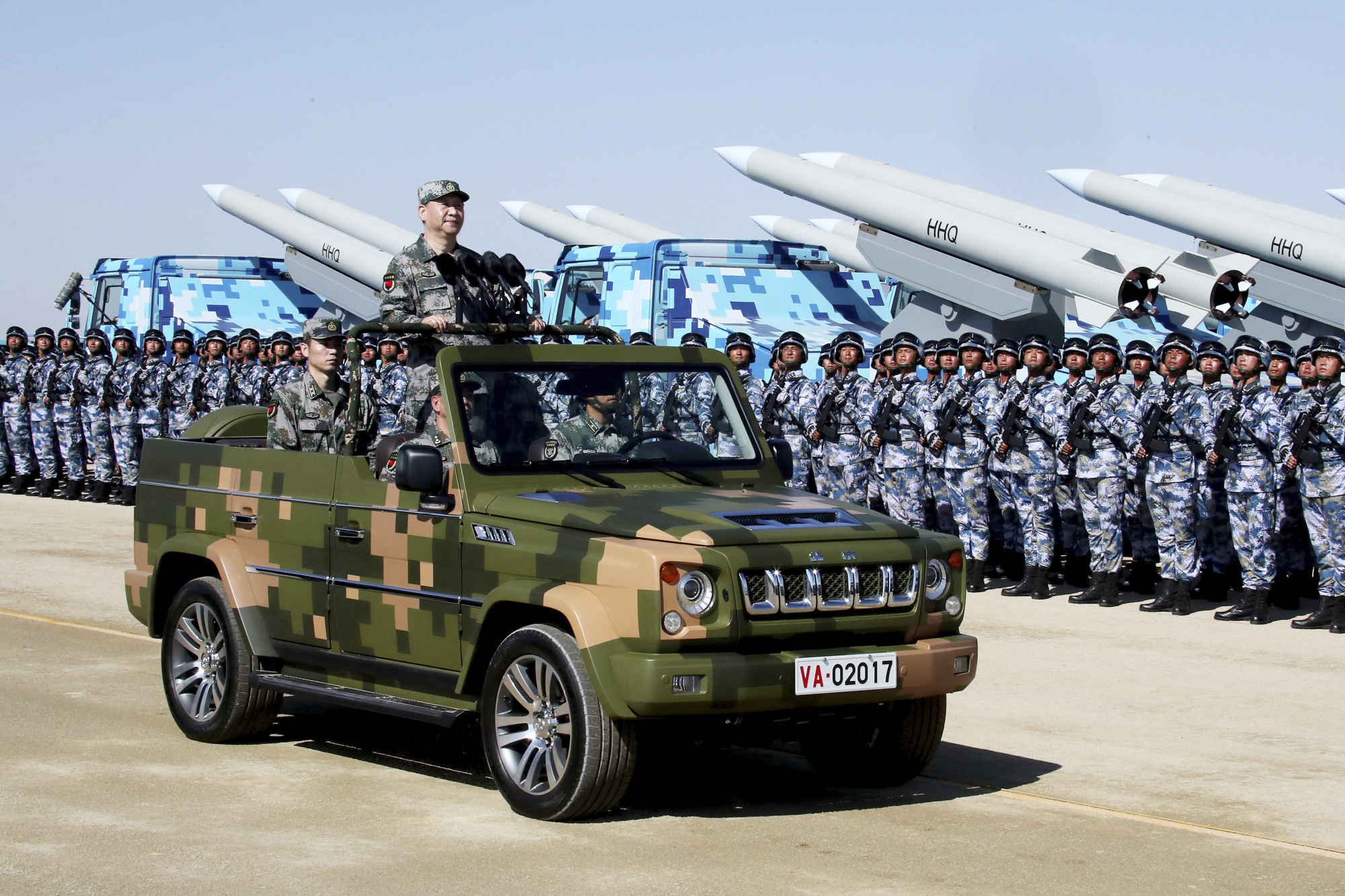Has Chinese President Xi Jinping managed to assert full civilian control over the People's Liberation Army through purges of generals and admirals and other reform-related actions? China's secretive and opaque political system makes it hard to get a clear picture. Yet recent developments suggest Xi is still struggling to keep the PLA in line.
Take the recent troop standoff with India that raised the specter of a Himalayan war, with China threatening reprisals if New Delhi did not unconditionally withdraw its forces from a small Bhutanese plateau that Beijing claims is Chinese territory "since ancient times." After 10 weeks, the faceoff on the Doklam Plateau dramatically ended with both sides pulling back troops and equipment from the site on the same day, signaling that Beijing, not New Delhi, had blinked.
The mutual-withdrawal deal was struck just after Xi replaced the chief of the PLA's Joint Staff Department. This topmost position — equivalent to the chairman of the U.S. Joint Chiefs of Staff — was created only last year as part of Xi's military reforms to turn the PLA into a force "able to fight and win wars." The Joint Staff Department is in charge of PLA's operations, intelligence and training.



















With your current subscription plan you can comment on stories. However, before writing your first comment, please create a display name in the Profile section of your subscriber account page.